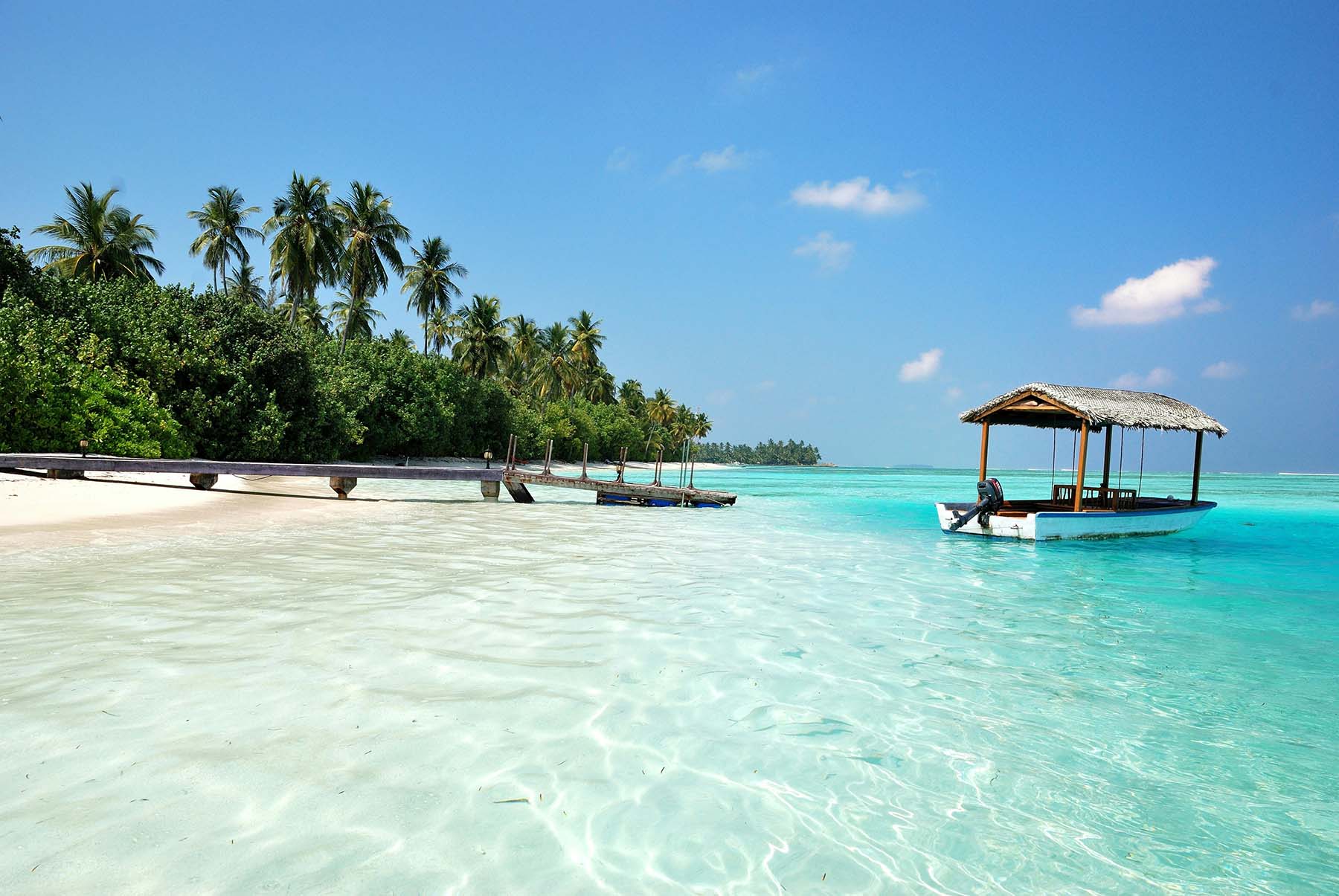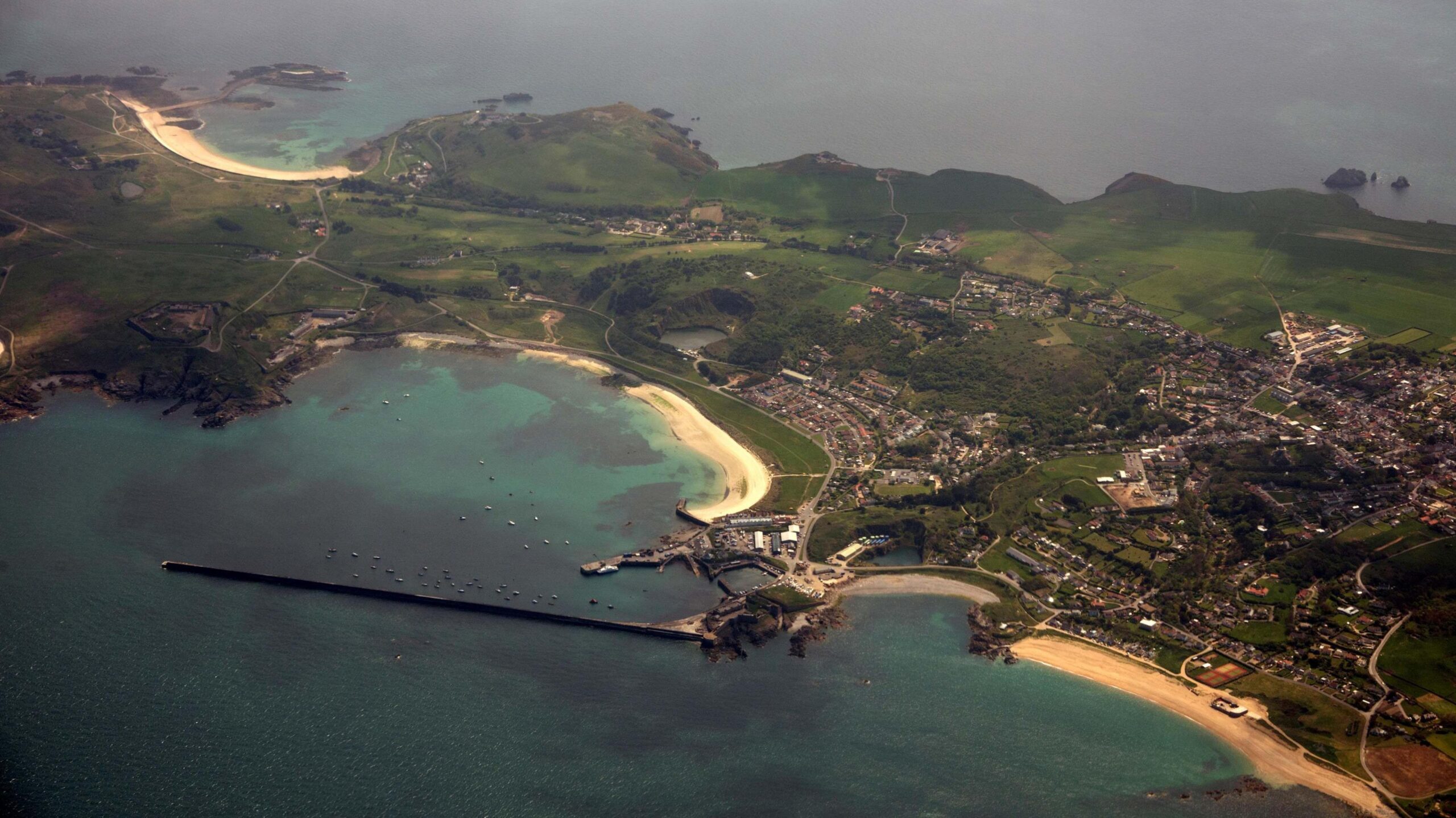In a remarkable milestone for the tourism industry, the Maldives has successfully welcomed 2 million visitors, demonstrating a significant recovery and growth trajectory for the island nation. Meanwhile, Malaysia, a key player in Southeast Asia’s tourism sector, has achieved an impressive 22.5 million tourist arrivals, reinforcing its status as a global travel destination. Both countries’ achievements reflect tailored strategies that have positioned them for success in an increasingly competitive global tourism market.
Maldives: A Strong Focus on Sustainability and Exclusive Experiences
The Maldives’ tourism sector has flourished due to a well-crafted strategy that combines exclusivity, natural beauty, and sustainability. With its crystal-clear waters, overwater villas, and private island resorts, the Maldives continues to attract high-end travelers seeking luxury and relaxation. Reaching the 2 million mark in tourist arrivals is a testament to the country’s ability to meet the evolving demands of the global market.
One key factor contributing to this success is the Maldives’ focus on sustainable tourism. The government and local businesses have made significant investments in eco-friendly practices, from using renewable energy sources to promoting marine conservation. This commitment to sustainability has not only preserved the environment but also attracted eco-conscious travelers who are increasingly prioritizing sustainable travel options.
Additionally, the Maldives has invested in diversifying its offerings. Beyond its traditional luxury resorts, the destination has expanded its attractions to include wellness retreats, underwater dining experiences, and immersive cultural tours, appealing to a broader range of tourists. The result has been an increase in visitor numbers, particularly from countries looking for unique and safe travel experiences.
The Maldives’ tourism success is also supported by its targeted marketing efforts, which emphasize the destination’s exclusivity, natural beauty, and commitment to providing unforgettable experiences. The government’s clear and consistent messaging, both online and offline, has attracted travelers from around the world, reinforcing the Maldives as a must-visit luxury destination.
Malaysia: A Robust Tourism Infrastructure and Diverse Attractions
Meanwhile, Malaysia’s tourism success story, reaching 22.5 million visitors, highlights the country’s strategic investments in diverse tourism offerings and infrastructure. Malaysia is a melting pot of cultures, offering a vast array of experiences, from bustling cities like Kuala Lumpur to pristine beaches in Langkawi, vibrant rainforests, and rich historical sites. The country’s tourism strategies have effectively catered to travelers from all walks of life, from adventure seekers and cultural explorers to luxury travelers.
Malaysia’s government has implemented a comprehensive marketing and promotional strategy through initiatives such as “Visit Malaysia Year,” alongside significant investments in tourism infrastructure. Improved transportation networks, modern airports, and high-quality accommodations have made it easier for tourists to visit, while the country’s affordability makes it an attractive option for travelers seeking value for money.
One of the standout factors driving Malaysia’s tourism is its rich cultural diversity, which is showcased in its festivals, culinary experiences, and historical landmarks. Malaysia’s iconic attractions, including the Petronas Towers, Langkawi’s beaches, and the UNESCO-listed George Town, continue to draw millions of visitors every year.
Furthermore, Malaysia has seen a steady rise in regional tourism, with many visitors coming from neighboring countries like Singapore, Thailand, and Indonesia. The government’s focus on making the country more accessible to international travelers, coupled with its focus on safety and cleanliness, has contributed significantly to its strong tourism performance.
Knowledge and Strategy: Key to Both Countries’ Success
Both the Maldives and Malaysia have demonstrated a deep understanding of the factors that drive tourism growth. While the Maldives has capitalized on luxury and sustainability, Malaysia has built a robust tourism infrastructure, offering an extensive variety of experiences to appeal to a global audience. Their success stories are rooted in the careful crafting of their tourism strategies—based on clear market knowledge and a commitment to improving the overall travel experience.
For the Maldives, expanding beyond just a high-end resort destination and embracing sustainability and cultural heritage has been a game-changer. Meanwhile, Malaysia’s success lies in its ability to cater to diverse markets, ensuring there is something for everyone, whether they are looking for adventure, culture, or relaxation.
Both countries are now reaping the rewards of their strategic efforts. The Maldives’ targeted luxury tourism campaigns and Malaysia’s comprehensive approach to catering to various demographics show that knowing your market and adapting to their needs is essential for long-term success in the competitive global tourism market.
Looking Ahead: Future Growth Prospects
As both nations move forward, maintaining this momentum will require continued innovation and adaptation. The Maldives must continue to prioritize sustainability and create new and exciting experiences to stay ahead of the competition. Malaysia, on the other hand, must continue to build on its diverse attractions and enhance its appeal to niche markets, such as eco-tourism and wellness tourism.
Overall, both the Maldives and Malaysia serve as prime examples of how countries can leverage their unique strengths to drive tourism growth and achieve remarkable milestones in the face of global challenges. Their achievements illustrate the importance of strategic planning, in-depth market knowledge, and the ability to deliver memorable and sustainable experiences for travelers from around the world.




